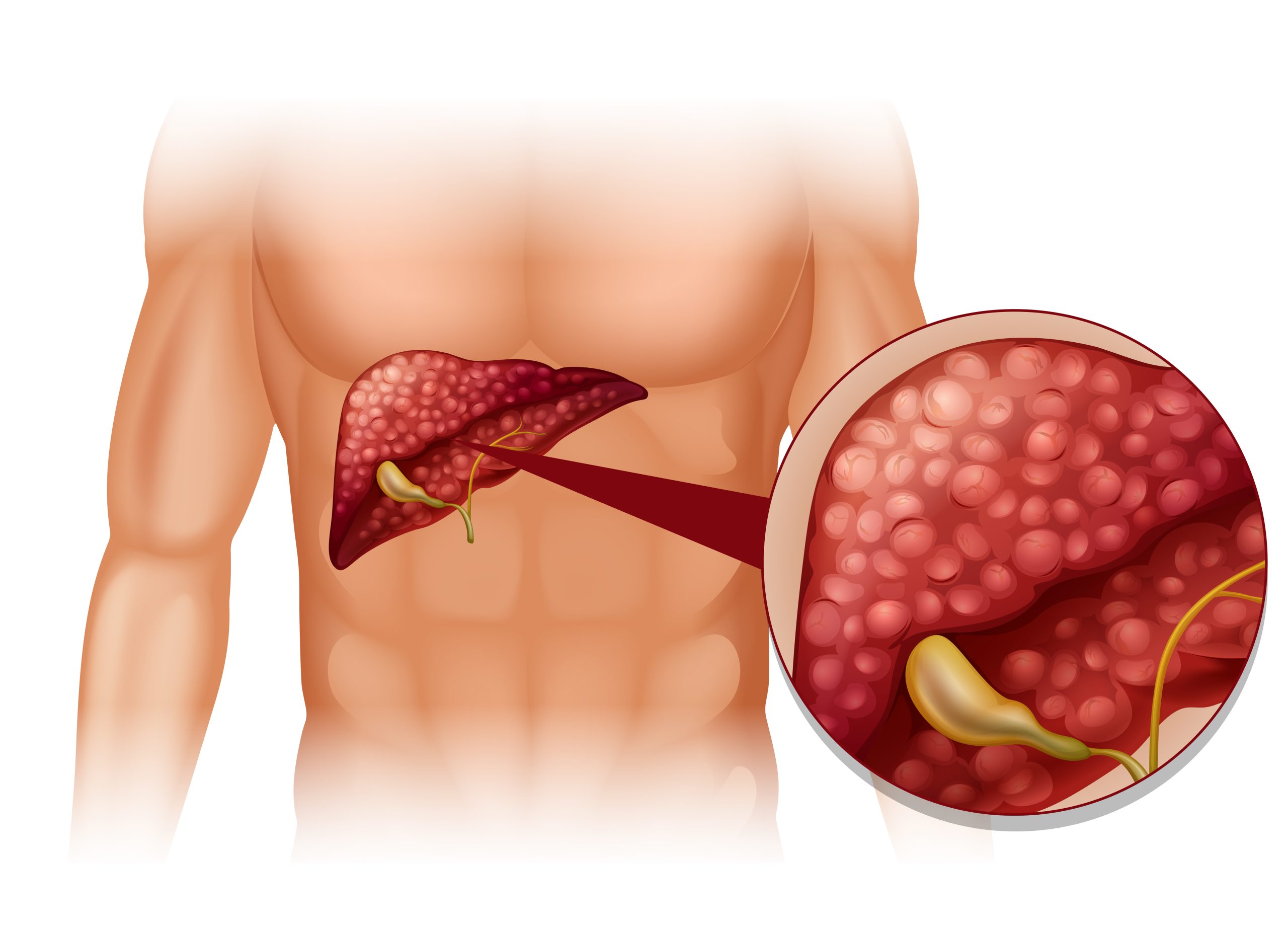Where Do We Feel Back Neck Pain?
Back neck pain usually affects the upper portion of the spine, involving the cervical vertebrae, muscles, and surrounding ligaments. The discomfort is often felt at the base of the skull or radiates into the shoulders and arms. Some people experience stiffness and soreness, while others report sharp pain or headaches caused by muscle tension.
Possibilities of Back Neck Pain from Daily Activities
Daily routines play a big role in triggering back neck pain. Poor posture while working at a desk, slouching while using a smartphone, or sleeping in the wrong position can all lead to stiffness. Carrying heavy bags on one shoulder, long hours of driving, or sudden jerky neck movements may worsen the strain. People who spend hours in front of screens are especially prone to tech neck.
Major Diseases Linked to Back Neck Pain
Apart from lifestyle habits, certain health conditions may be responsible for chronic neck pain. Cervical spondylosis, herniated discs, and degenerative disc disease are common spinal issues. Autoimmune disorders such as rheumatoid arthritis, cervical spinal stenosis, or even infections like meningitis can also affect the neck. In rare cases, tumors or nerve compression may lead to severe and persistent discomfort.
Symptoms of Back Neck Pain and Related Diseases
Symptoms can range from mild stiffness to severe mobility issues. Common signs include muscle tightness, reduced range of motion, and radiating pain to the shoulders or arms. Some people notice tingling, numbness, or weakness in the fingers due to nerve compression. More serious conditions may cause headaches, balance problems, or difficulty holding objects. Persistent or worsening pain should always be checked by a healthcare professional or discussed with an online pharmacy for supportive care options.
Treatment Methods for Back Neck Pain
Relief strategies vary depending on the cause and severity of the pain. Below are common treatment methods:
- Apply hot or cold compresses to reduce inflammation.
- Maintain correct posture while sitting, working, or sleeping.
- Perform gentle stretching and strengthening exercises regularly.
- Take over-the-counter pain relievers like ibuprofen for mild relief.
- Seek physical therapy or chiropractic adjustments for chronic pain.
- Use prescribed medications such as muscle relaxants if recommended.
- Try alternative therapies like massage or acupuncture for added comfort.
- In severe cases, surgery may be necessary to correct structural damage.
- Focus on preventive care with ergonomic setups and regular activity.




